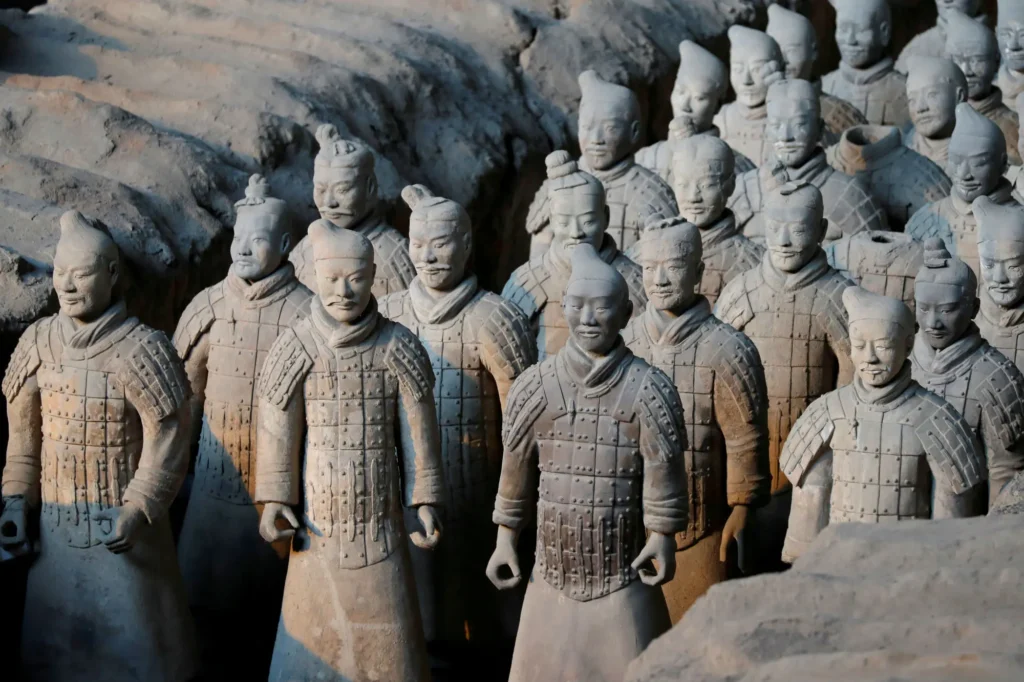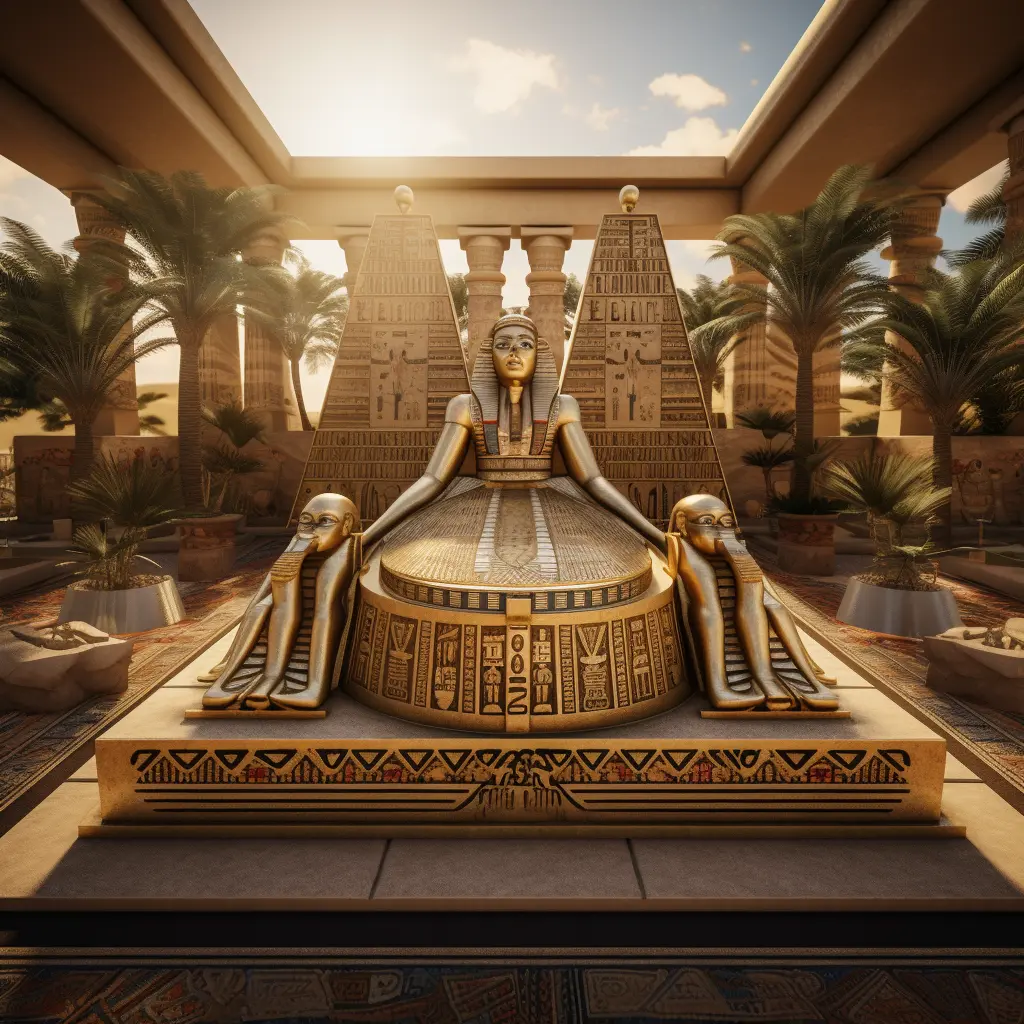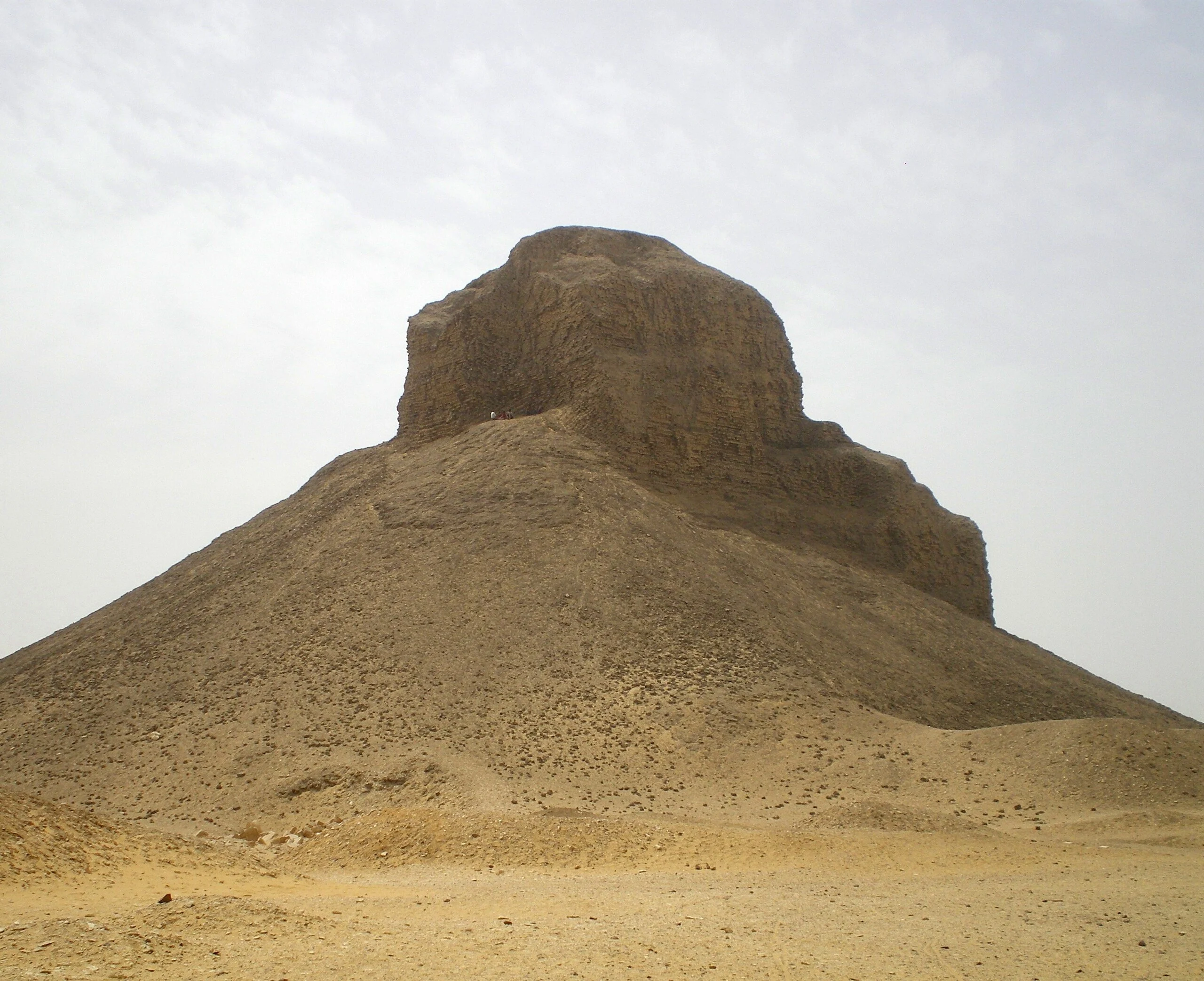
1. Ötzi the Iceman: A Frozen Relic from the Stone Age
In 1991, German tourists Helmut and Erika Simon accidentally discovered the oldest known natural human mummy, Ötzi, in the Ötztal Alps. Preserved in ice for over 5,000 years, Ötzi offers a rare, well-preserved glimpse into Copper Age life. Initially mistaken for a recent death, extensive research revealed that he lived around 3200 BCE. This extraordinary find has since provided invaluable insights into ancient diets, diseases, clothing, and tools, making Ötzi a cornerstone in archaeological and anthropological studies.
2. The Lyceum of Aristotle in Athens, Greece
The Lyceum, Aristotle’s ancient school and a crucial site for classical Greek philosophy, was discovered unexpectedly in 1996 during the construction of Athens’ Museum of Modern Art. Founded in 334 BCE and destroyed in 86 BCE, the Lyceum’s discovery has been monumental in shedding light on Aristotle’s life and the early academic world. The excavation of this site, where notable philosophers once walked and taught, has provided a tangible connection to the origins of Western philosophy and education.
3. Uluburun Shipwreck, Turkey
The Uluburun Shipwreck, dating to the late Bronze Age, was discovered by a local sponge diver, Mehmet Çakir, off the coast of Turkey in 1982. This accidental find has proven to be one of the most significant underwater archaeological discoveries, offering a snapshot of maritime trade over 3,000 years ago. The ship’s cargo included an extraordinary collection of luxury goods, raw materials, and personal items, providing insights into the complexities of ancient trade networks and cultural exchanges across the Mediterranean.
4. Edinburgh Vaults, Scotland
The Edinburgh Vaults, a series of chambers formed within the arches of the South Bridge in Edinburgh, were rediscovered in the 1980s after being sealed for nearly a century. Initially housing shops and taverns, the vaults later became notorious for illicit activities. Their accidental discovery by Norrie Rowan, a Scottish rugby player, opened a window into the darker aspects of 18th-century urban life, with the vaults now serving as a haunting reminder of Edinburgh’s past.
5. Derinkuyu Underground City, Turkey
In 1963, a Turkish man, while renovating his home in Cappadocia, inadvertently discovered an entrance to Derinkuyu, an extensive subterranean city. Estimated to house up to 20,000 people, this underground complex dates back to the Byzantine era. Complete with living quarters, communal spaces, and escape routes, it was a sophisticated and well-planned refuge, showcasing the ingenuity of ancient civilizations in adapting to their environment and threats.
6. Venus de Milo, Greece
The Venus de Milo, an iconic ancient Greek statue, was discovered in 1820 by a Greek farmer on the island of Milos. The statue, famous for its missing arms, was found in fragments and later restored. Currently housed in the Louvre, it has become a symbol of Hellenistic sculpture. The Venus de Milo’s accidental discovery and subsequent fame have played a significant role in influencing modern perceptions of classical beauty and art.
7. Dead Sea Scrolls, Israel
The Dead Sea Scrolls, found by Bedouin shepherds in the Qumran Caves in 1947, represent one of the most significant archaeological discoveries of the 20th century. These ancient Jewish texts, dating from the 3rd century BCE to the 1st century CE, include some of the oldest known biblical manuscripts. The scrolls have provided profound insights into the religious beliefs, practices, and community life of the people who lived in the Judean Desert two millennia ago.
8. Rosetta Stone, Egypt
Discovered in 1799 by French soldier Pierre-François Bouchard during Napoleon’s campaign in Egypt, the Rosetta Stone was a pivotal archaeological find. This granodiorite stele, inscribed with a decree in three scripts (Greek, Demotic, and Hieroglyphic), was key in deciphering Egyptian hieroglyphs, thus unlocking the secrets of ancient Egyptian civilization. Its discovery marked a significant breakthrough in understanding ancient Egyptian language and culture.
9. Lascaux Cave Paintings, France
The Lascaux Cave, containing some of the most famous prehistoric cave paintings, was discovered in 1940 by teenager Marcel Ravidat in southwestern France. These Paleolithic artworks, dating back around 17,000 years, depict large animals, human figures, and abstract signs, showcasing the artistic ability and cultural sophistication of early humans. The discovery of these paintings has significantly contributed to our understanding of prehistoric art and life.
10. Terracotta Army, China
In 1974, local farmers digging a well near Xi’an, China, accidentally unearthed the Terracotta Army, a vast collection of life-sized clay soldiers buried with Qin Shi Huang, the first Emperor of China. This army, dating back to the 3rd century BCE, was created to protect the emperor in the afterlife. The discovery of thousands of unique, intricately detailed soldier statues has provided an unparalleled insight into the military, cultural, and artistic practices of ancient China.
Related video:




